7+ Strategies to Acquire New Customers for New Businesses
If you’re a fresh entrepreneur trying to get your first ten customers or a veteran serving your 10,000th, the acquisition of a customer never stops being important for a business. But for many businesses, sales can be volatile, and attracting new customers can feel like a game of chance.
If you want to develop your company consistently and profitably, you need to think of the acquisition of your customers not as a result, but as a process where you need to constantly perfect your method of how you can acquire new customers, the cost of getting them, and how much money each one spends with your business. In this article, I will introduce you to some of the best approaches you can use to bring in customers for your business. Let’s jump right into the details! What is customer acquisition?
What is customer acquisition?
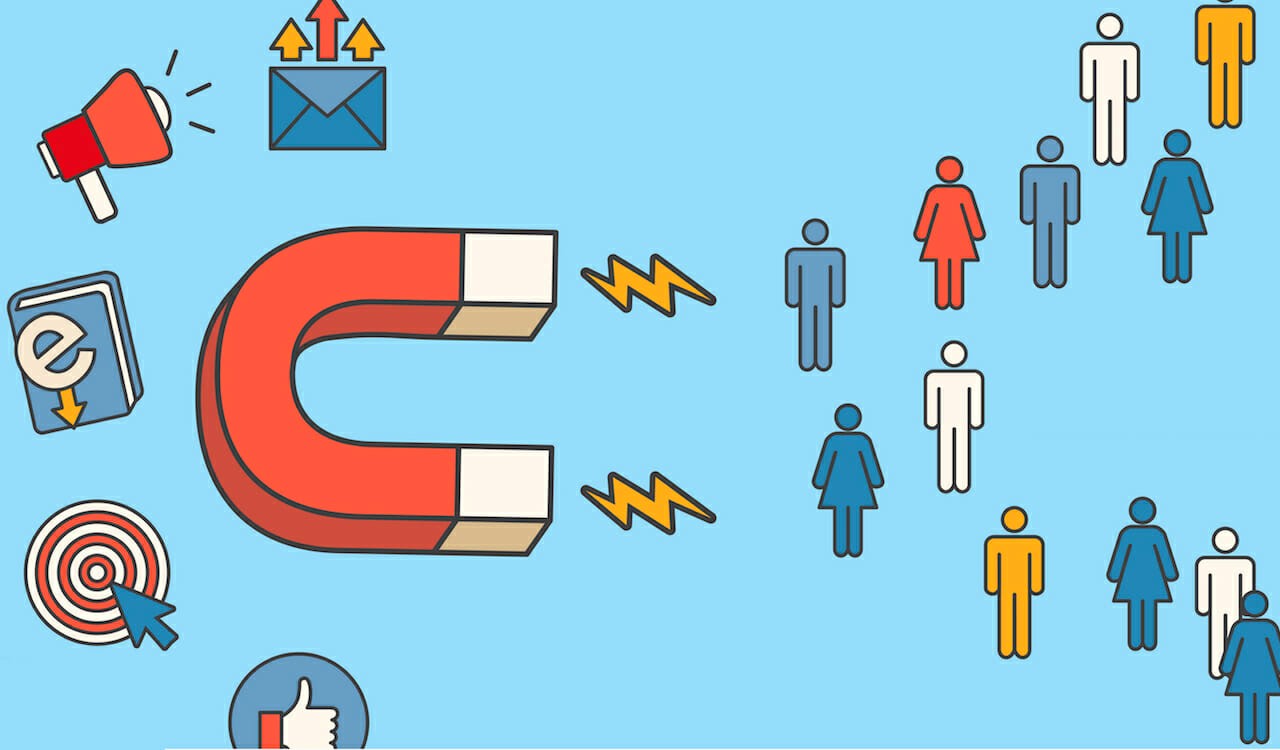
Customer acquisition is a method of finding and persuading potential customers to purchase from your business in an observable and repeatable way. Customer acquisition takes place in stages that are frequently referred to as the customer acquisition funnel:
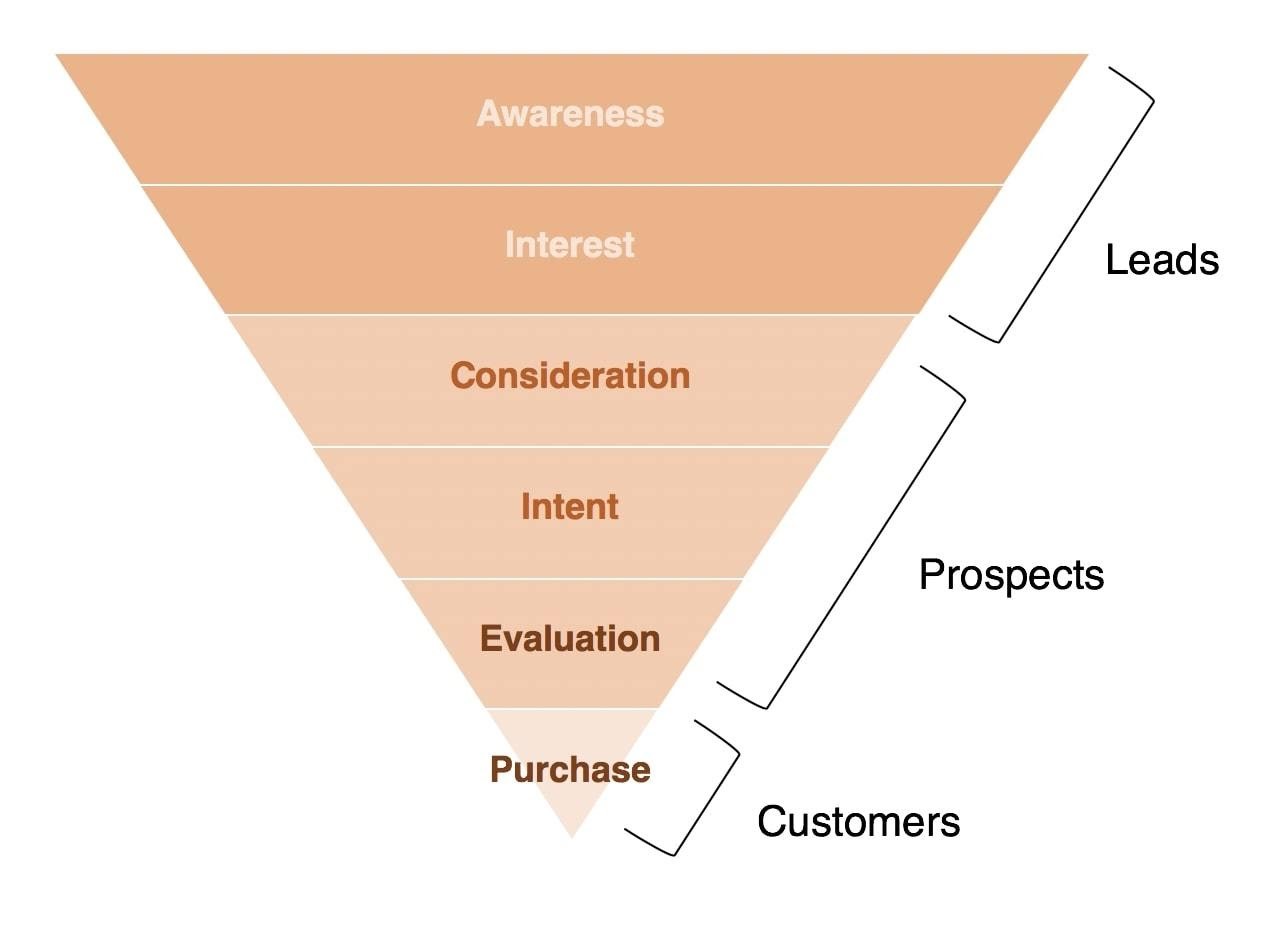
Businesses often divide this funnel into three main stages:
-
Top of the funnel (a.ka. the awareness stage): At this beginning stage, the main goal of a business is to raise awareness among its target audience and acquire new leads. Usually, you would concentrate on a wide, general audience that might be interested in the brand or products of your business, but have no definite intention of purchasing them. A baby brand can use the #nurserydesign hashtag to show their posts and offerings to people looking to decorate their nursery on Instagram or Facebook.
-
Middle of the funnel (a.k.a the consideration stage): potential buyers who have come in through the top of your funnel to the middle typically take action that indicates that they are considering buying, such as signing up for an email list or following your brand on social media. It’s up to you to persuade them to become buying customers.
-
Bottom of the funnel (a.k.a the purchase stage): this is the last stage of your funnel before a prospect is converted into a customer. Typically, they have taken some action that shows a clear desire to buy such as adding a product to their shopping cart or signing up for a free trial. At this stage, businesses will often offer incentives, such as a discount code, in order to convert these highly interested customers to make a purchase.
There are several different ways a business can find and convert potential customers, particularly online. Digital marketing makes it easier to track exactly how a company brings in new customers, discovers and tests new marketing strategies, and scales up those that work.
How do you measure customer acquisition cost (CAC)?
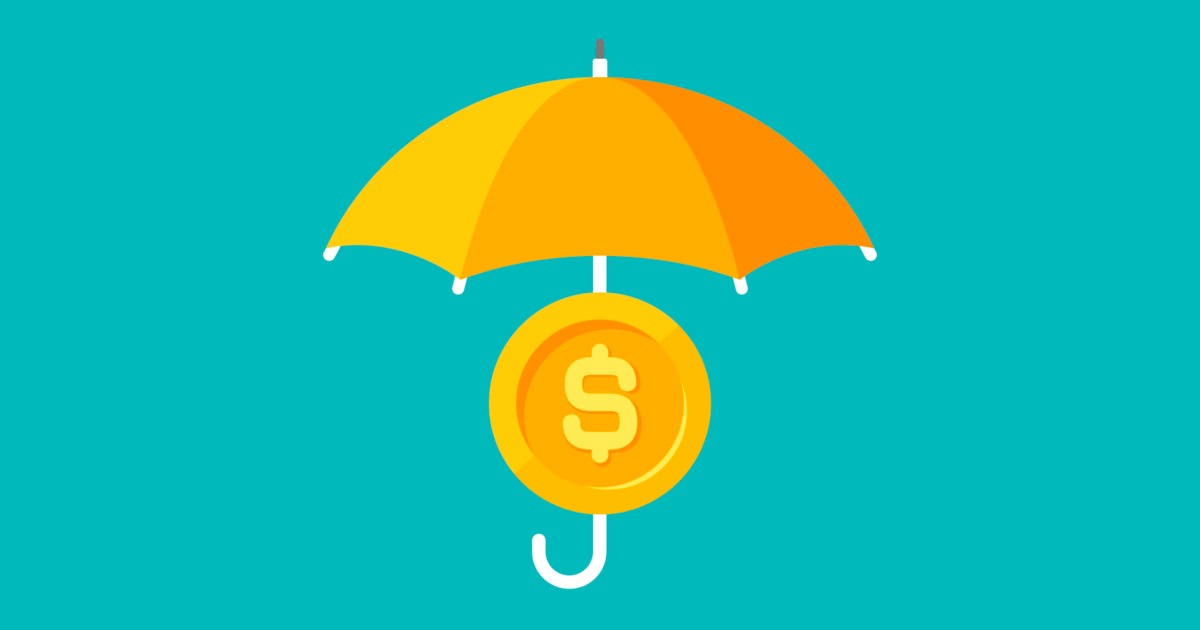
Almost every new consumer comes with an expense that can be measured on the basis of the marketing effort made to get them. In order to know if your customer acquisition effort is profitable, you will need to understand how to measure your customer acquisition cost (CAC).
Your CAC is the total marketing cost divided by the number of new customers you have received over a period of time. For example, if your Instagram brings in 50 customers per month at the cost of $500 for content creation and ads. Your acquisition cost will be $10 per customer:
Marketing Spending ($500) / New Customers (50) = CAC ($10 per customer)
As I have already mentioned, the biggest reason businesses quantify their consumer acquisition cost is because they need to understand if their marketing strategy is profitable. In the example above, if each customer acquired spends an average of $50 on their first purchase, and the gross margin on each order is 50%, your profit will be $15 on each order.
Average Order Value ($50) * Gross Margin (50%) - Customer Acquisition Cost ($10) = Profit ($15)
In the case of brands with higher customer lifetime value, it could also make economic sense for their customer acquisition costs not to be profitable on their first purchase. If your customer data informs you that your customers will definitely continue to buy from your business after their initial purchase, you can invest more in the acquisition of each new customer and still be profitable over the long run.
Through using digital analytics and tracking/reporting tools, it is possible to know the cost of your customer acquisition for each marketing campaign. Experimenting with various customer acquisition strategies and assigning outcomes is the secret to unlocking new ways to develop your business.
In the next section, let’s explore some customer acquisition strategies you can use to grow your business.
7 strategies to acquire new customers
1. Use paid advertising
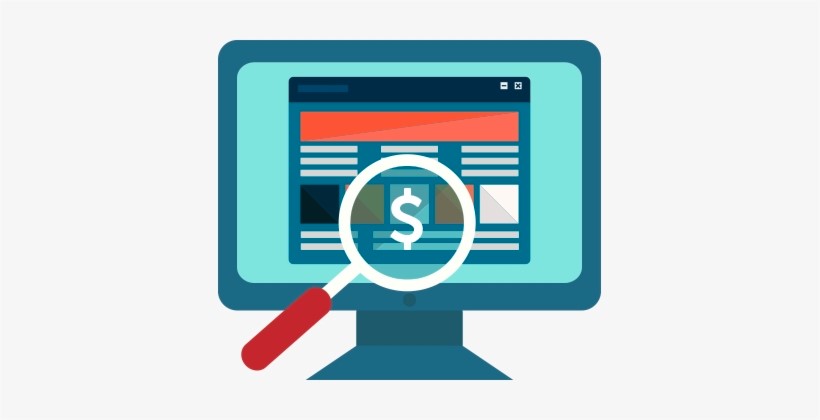
One of the most popular ways for businesses to acquire new customers is using online ads. The reason why many eCommerce brands turn to Facebook, Google, and other digital advertising platforms is that they provide a broad range of analytics tools that enable them to optimize their advertising efforts.
When it comes to an online advertisement, Facebook Ads and Google Ads are among the most powerful drivers of paid traffic. But almost every other social network, the marketplace, or search engine you can think of provides the option for businesses to purchase ads on their platforms, so choosing which one to use is a matter of knowing who your customer is and where they hang out online.
While each paid advertising platform has its own unique qualities and serves different demographic groups, they mainly charge advertisers based on two main metrics:
-
- Impressions (how many times the ad is viewed) using a metric called CPM (cost per one thousand impressions)
-
- Clicks using a metric called CPC (cost per click).
They also typically allow advertisers to choose who they want to target on the basis of demographics, preferences, and other characteristics. By using these targeting criteria offered by an online advertising network, you can narrow down and buy prospective customers through paid advertisements.
Advantages of paid advertising
- Fast growth: if you’re trying to scale your company quickly, some would say that the fastest way to do that is through paying for traffic. Paid advertising can guarantee your business consistent flows of traffic, and with the right advertising approach and optimization strategies, you will be able to attract customers quickly.
- Targeting abilities: One of the great benefits of paying for digital advertising is the ability to target precisely whom your ads are shown to. For instance, with Facebook Ads, you can use the Interest and Behavior targeting to reach almost every specific niche based on the platform’s user behavior.
Disadvantages of paid advertising
- Expensive: There is an ongoing increase in CPM and CPC for popular online ad platforms such as Facebook and Google over the years due to algorithm changes and increased competition. Although it is still possible to buy customers profitably, brands will need to focus on improving their website conversion rate, customer satisfaction, and average order value to cover this growing advertisement cost.
- Learning curve: Running paid ads is not rocket science, but it’s not a piece of cake either. The complexity of paid advertising can be large enough to scare those without experience. If you’re interested in learning how to run paid Facebook and Google ads, we have these blog posts about Facebook advertising and Google advertising that get into the specifics of running, optimizing, and scaling up your campaigns.
Paid advertising is recommended for:
- Businesses advertising on a budget: Most digital advertising platforms do not demand upfront fees or minimum spending to reach their audiences, but that doesn’t mean they’re cheap. Performance in paid advertising involves exploring various innovative combinations, demographics, and overall strategy in order to be successful, so those who have some capital to invest in marketing can gain in the long run.
- Businesses with creative assets: one of the main factors to success with paid advertising is having the right creative asset to draw new customers to your business. If your brand has an arsenal of images, videos, and copies that can successfully introduce your product to new customers and turn them into paying customers, you may want to consider allocating some of your advertising budgets to them.
2. Influencer marketing

If you have a generous marketing budget, one of the fastest ways to get your product or brand in front of the relevant audience is by paying someone online to sell it to you. By someone I mean influencers. Influencer marketing has become a popular method of online advertising.
It requires finding the right influencers to endorse the product if you want to be successful with this form of online marketing. The challenge is to recognize those who have an involved, engaged follower base who will be interested in your product, along with the creativity to create content that reflects well on your brand.
Advantages of influencer marketing
- Brand awareness: partnering with major influencers will bring customers into the brand awareness stage of your acquisition funnel. For influencer marketing, not only do you pay for the acquisition of potential customers, but also for your product to be marketed to a broader audience so that when it’s on the market for your specific product, it’s a top priority.
- Niche targeting: a micro-influencer, usually someone with a smaller, more dedicated follower base, may give niche products businesses direct access to the appropriate online audience. These micro-influencers generally cost less to partner with and have better interaction metrics, which means that their endorsed content is more likely to be seen by their followers and result in higher consumer conversion rates.
Disadvantages of influencer marketing
- Tracking ROI: One of the weaknesses of using influencers as a paid marketing channel is its lack of comprehensive tracking that most social networks provide for sponsorships. While paid advertising platforms can track views or click on your ads, most influencer posts need to be monitored via UTM links, discount codes, or can’t be monitored at all. Without intentionally monitoring them, you won’t be able to know whether or not the sponsorship is generating sales.
- Upfront payments: There are multiple platforms that can connect your brand with influencers that can promote your product. Most of the time, these platforms will ask for an upfront payment in the form of money or a donation of the product. This protects influencers from possible scammers but can be dangerous for companies as there is no guarantee that the influencer can help you attract customers.
Influencer marketing is recommended for:
- Products that need demonstration: If you have a fresh, creative product that the average customer is not familiar with. A simple photo might not be enough to arouse interest in prospective customers. By partnering with influencers, you can have them test, demo, or verify your product that can be posted online to help explain it to your prospective customers.
- Trendy brands or products: sometimes influencers are followed for their ability to uncover new products or trends (especially tech influencers like Marques Brownlee, whether in fashion, food, or technology. If your product has the “wow” factor, working with an influencer with the ability to market your product could be more enticing as it helps them keep their audience engaged, making it a worthwhile relationship on both sides.
3. Build an email list
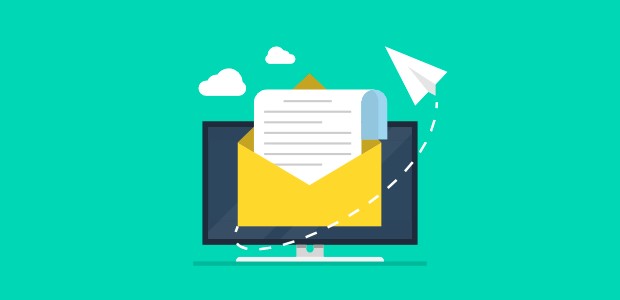
Lead generation is also the first step in the acquisition of customers. Generating leads requires gathering information from potential customers so that they can be nurtured or retargeted with ads in order to ultimately turn them into customers. After all, the majority of first-time visitors to your site may not be making a purchase right away. Collecting email addresses is considered one of the best methods of customer acquisition due to the ROI that email marketing can achieve.
There are several ways to create an email list, from driving paid traffic to an email capture form page to providing a welcome discount on your website for new subscribers. When your email list has been compiled, you can run email campaigns and set up automated emails to deliver targeted messages to your list via email marketing services. You can use AVADA Marketing Automation to help you execute all of these tasks and run effective email marketing campaigns. Find out more at Avada.io/Email-Marketing.
Advantages of building an email list
- Recurring revenue: one of the greatest advantages to having an email list is that it provides you with the ability to build a relationship with your existing customer base over a long period of time, increasing the lifetime value of each customer you have acquired. Once a customer’s email is collected, you can set up an automated email workflow to recommend new products coming in. Creating automated email workflows is one of the essential email marketing features that you can have access to in AVADA Email Marketing.
- Customer data: Apart from cultivating a loyal customer base, an email list can also help you identify new prospects using “lookalike audiences”. Lookalike audiences are a tool offered by advertising platforms such as Facebook and Google, where an advertiser can upload a CSV of emails to identify new customers that have similar interests to their existing customers.
Disadvantages of building an email list
- Delivery Rate: Since spam filters become more advanced, getting emails customers’ inboxes has become more and more difficult, with an estimated 50 percent of emails considered as spam. Personalizing your email messages and adopting best practices when it comes to email design will help enhance the delivery of your campaigns.
- Low quality emails: While a huge email list sounds fantastic, quality is still better than quantity. While some email acquisition tactics can work, it’s important to evaluate the conversion rate from each email source to make sure you’re getting quality leads. One way to reduce your email marketing costs is by frequently cleaning up your list of people who haven’t opened an email from you in a long time, better known as your “unengaged subscribers”.
Building an email list is recommended for
- Businesses selling consumable goods: If your product offerings are consumable and often need to be replenished (like coffee, cosmetics, etc) or if you have a line of complementary products (such as clothing), email will become your key source of recurring revenue. If your company has a wide range of goods that you can continue to sell to consumers, you can optimize your return on investment by staying in contact with them via email and building good repeat buying habits.
- New product launches: If you are still in the product development phase of your business, gathering emails will help you plan for a successful launch. One famous example of creating a pre-launch email list is Harry, a men’s grooming brand that received nearly 100,000 emails in a week. A waiting list helps to gather those who are very interested in buying your product in one place, and when you introduce a new product, you will have a solid group of early adopters to try out your product and provide feedback.
4. Start a referral program
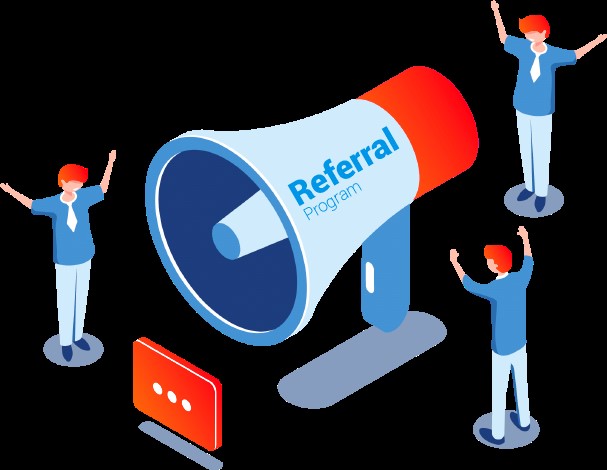
A personal recommendation from someone you and trust is the ultimate social proof when it comes to buying. Nielson’s research has discovered that word-of-mouth referrals are one of the most powerful ways of marketing. People trust who they know, so when a friend tells them to try out a new product or brand, they listen. In order to use referrals as a customer acquisition technique, there needs to be an incentive for those who will recommend your products to their friends. A great example of this is American Trucks, an aftermarket tires and rims marketplace. Their customer reviews help other buyers understand what the quality of any given product will be and give them the confidence to purchase it.
This can be accomplished by setting up a referral program that rewards your current customers every time they get someone new to buy from your company. Apps such as Referral Candy and Smile.io are a great tool you can use to help your customers recommend your products to their friends easily.
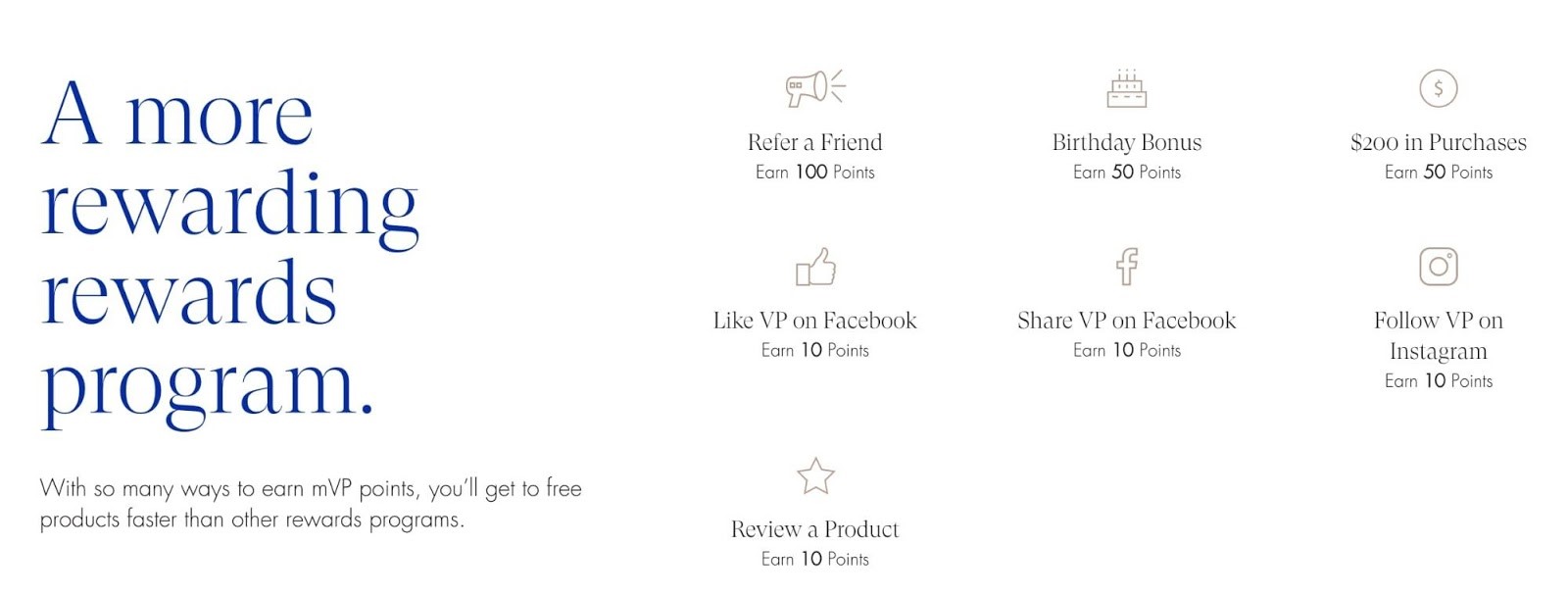
Advantages of a referral program
- Low cost: Because personal referrals are very effective, the use of a referral program is generally seen as a low-cost method of new customer acquisition. The costs associated with setting up a program are a subscription fee to the referral app you use and discounts to customers who refer their friends.
- Repeat purchases: sometimes when a customer refers to a friend, they are compensated with an incentive, such as a discount code for their next purchase. This creates the added advantage of promoting repeat purchases from this current customer — an additional sales boost that can contribute to the success of your referral program.
- Customer Loyalty: According to a a study conducted by a number of influential business school professors at Wharton, referred customers are 18 percent less likely to churn than non-referred customers and 25 percent more likely to spend more with your brand as their lifetime value. This discovery shows that a referral program can bring in customers who are more loyal and profitable.
Disadvantages of a referral program
- Low engagement: While you may be excited to launch A referral program, there is no assurance that your customers will have the same excitement and want to participate. If your customers have not had good service from your company or don’t like your product enough to recommend them, a referral program may not be an effective customer acquisition approach for you.
- Monitoring: because a referral program involves creating and giving incentives, tracking who referred customers, and even loyalty points with each customer, remaining organized is an integral part of ensuring the program runs smoothly. This is a small drawback since if you pay for an app dedicated to operating referral programs, you won’t have any problem with staying organized and keeping track of everything.
Referral programs are recommended for
- Businesses that have existing customers: it goes without saying that in order to have an effective referral program, you have to have an existing customer base first. If you have a small number of customers, their referrals may not even be able to cover the expense of setting up a referral program.
- Businesses with loyal customers: while every business desires loyal, committed customers who would love to refer their friends, not all are strategically built to do so. Getting good customer service, fast delivery, and easy returns all help to build more loyal customers who want to recommend your brand to their friends.
5. Running traditional ads
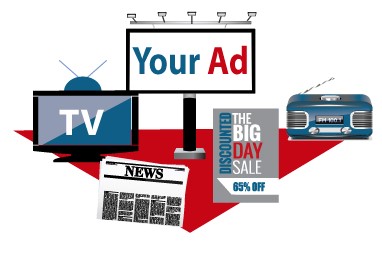
Digital marketing has not put an end to old school advertising, as according to Forces, today marketers begin to go back to more traditional ways of advertising, such as print media and direct mail, to bring in new customers.

With the overuse of display advertising, more and more Internet users are trying to block this type of ad with ad blockers on their browsers. Traditional advertising, from small-scale campaigns such as print flyers to billboards and even TV advertisements, can be a good way to diversify your consumer acquisition efforts to reach a wider audience.
Advantages of running traditional ads
- Decreasing costs: The cost of ads on the largest TV shows is declining. Although commercial rates for the top 10 shows are well beyond the reach of most companies, some research indicates that TV advertisement CPMs are as low as $2.26. If your aim is to reach as many people as possible at the lowest cost, the wide and massive reach of TV advertising could make economic sense for your brand.
- Consumer trust: Although the trust that consumers have in digital advertising has been increasing over time, particularly when well-known brands are starting online campaigns, print and TV advertisements still triumph when it comes to advertising platforms that consumers trust the most.
Disadvantages of running traditional ads
- Tracking: the downside of traditional ads is the lack of tracking options that are offered by digital ads. When running a print or TV advertisement, it is almost impossible to know the exact ROI of the campaign, as those who view or take action after seeing your advertising are not “cookied” as they are when they come to your website. However, several digital-first brands such as Icon have shown how the first-purchase discount code added to their subway advertisements will help monitor the customer’s acquisition of these campaigns.

- Upfront investment: While digital advertising enables businesses to pivot and reinvest on the basis of the real-time performance of their ads, the inherent big budget commitment and lack of flexibility of traditional ads are also risky for businesses. If you haven’t tested your advertising message in a more versatile environment first, the upfront investment of traditional ads could leave you with disappointing results.
Traditional ads are recommended for:
- Local businesses: Since traditional advertisements come with a high upfront cost, local print, TV, and radio ads can be more efficient for local businesses. If your company only ships to a particular state or is tailored for a local audience, such as celebrating the city’s sports team, ads in local media can reward you with a lower cost to reach your audience while still being highly targeted.
- Businesses with high-price products: average order value plays a major role in high-priced media. Companies such as Endy and Casper are known to invest in public transport public ads to market their mattresses, which also cost more than $1,000 per ad. If your order value is high enough and your profit margins are solid, the cost of spending on large-budget traditional advertising can be offset by the fact that you need fewer sales to stay profitable.
6. Search engine optimization

Many customers start searching for a product or service that they need with Google. Creating website content that allows your brand to show up in Google search results for related queries is known as SEO (Search Engine Optimization).
Doing keyword research and incorporating your results in a content plan for your websites and blogs will help you rank higher on Google rankings, taking your future customer-filled search traffic to your website.
Advantages of search engine optimization
- Passive, organic traffic: more than 40,000 search queries are made in Google’s search engine every second, making it the most used website on the Internet. If you are able to customize your website and content towards this search need, you will be able to catch a small percentage of those looking for goods in your niche and convert them into customers.
- Evergreen: SEO is sometimes referred to as a source of “evergreen” traffic, as content generated and posted months or even years ago, will continue to rank on Google’s first page and drive traffic to your website. A good piece of evergreen content will carry new visitors to your website without paying for any new visitor on an ongoing basis.
Disadvantages of search engine optimization
- Slow growth: If you want to get to the first position on Google Search Results, you can pay for Google Adwords to see the first sponsored position. However, if you want to show up organically on the first position, it will take lots of time and since that’s what Google requires to judge and accept your website as an authoritative source of a given search query.
- Competition: While the word “temporary tattoos” has more than 30,000 monthly searches, Google has more than 237 million results for the term. Some niches are highly competitive when it comes to search rankings, which can make competing for a spot on the first page very difficult.
Search engine optimization is recommended for:
- Businesses who are willing to play the long game: SEO done correctly will be a measurable and reliable source of organic traffic, but success takes constant effort and constant learning. Google’s algorithm is likely to change and it’s important to keep up with the new tactics on both the technological and innovative side of SEO to make this customer acquisition channel work.
- Content creators: While SEO can seem very technical, it is well understood that the quality of the content of a website to satisfy searchers plays a critical role in its ability to rank Google search results. The ability to come up with informative content ideas that satisfy the needs of searchers will help your content stay ahead of the competition.
7. Creating an online audience
With social media and its many channels, such as Facebook, Instagram, YouTube, and Twitch, individual users have been able to build up large follower bases. Companies such as SandCloud and Gym Shark have attracted Instagram followers in hundreds of thousands, and even millions, to become influencers themselves.
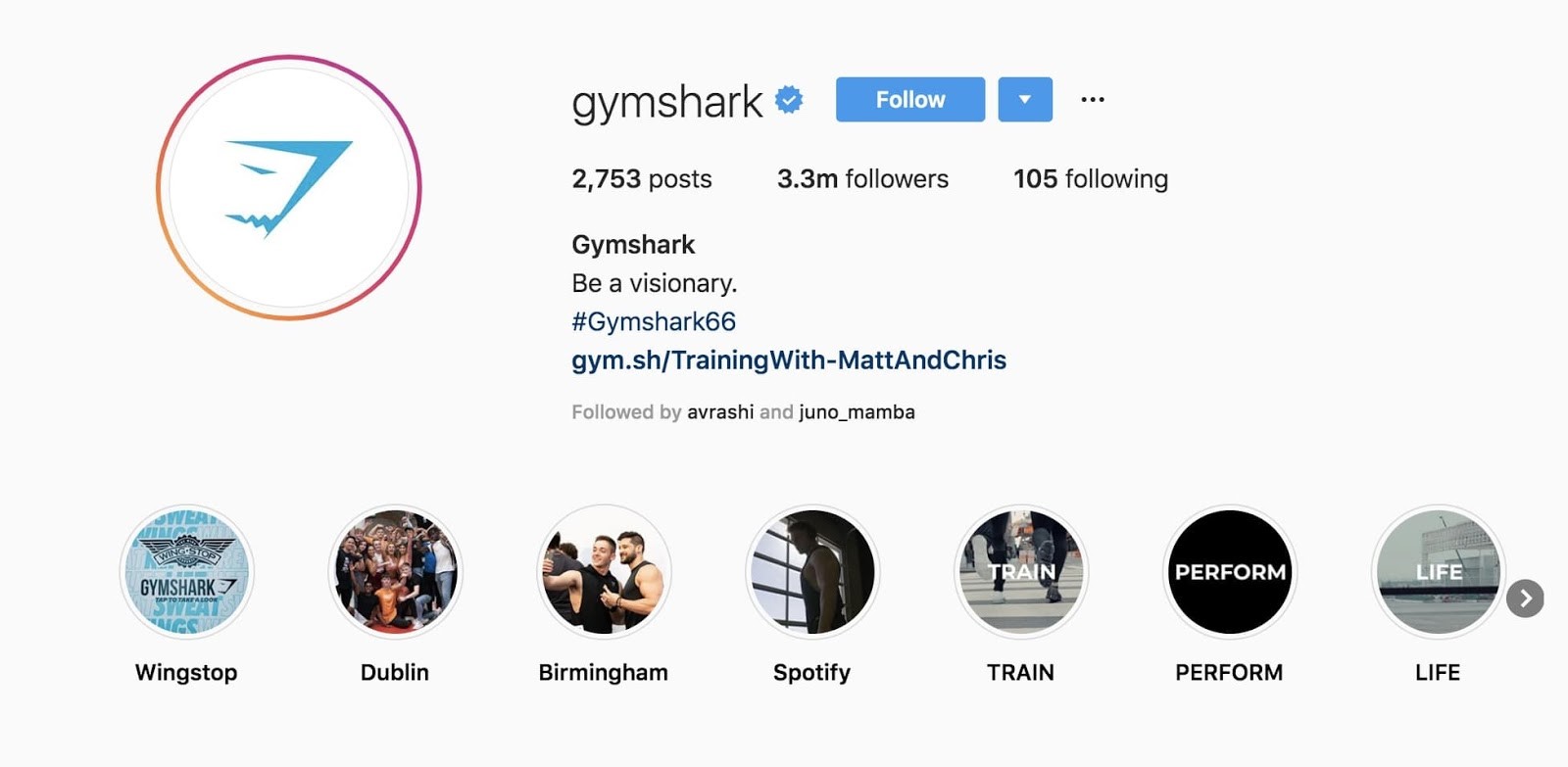
There are a variety of ways to create an online audience on social media. Almost all of them need time, quality, and content to attract and engage new followers. Your online presence not only helps you build your brand authority, but also builds an audience that you can target if you want to market a new product or boost sales.
Advantages of building an online audience
- Organic traffic: While there can be costs associated with building a popular social media profile, it is also seen as a source of organic traffic as it can help you share your content for free. Your followers can share your brand and content, giving you more exposure towards organic followers and potential customers.
- Social proof: Social media provides you with lots of social proof to show, whether it’s the number of likes or comments a photo receives, or the total subscribers, both of these measurements give authority to your brand in the form of social proof. When potential buyers decide to search your brand online (which they always do), the scale and dedication of your online audience add credibility to your brand.
Disadvantages of building an online audience
- Slow growth: if it were easy to build an online audience, everybody would be an influencer. Building an organic follow-up and turning it into a consumer acquisition channel takes time, particularly in comparison to paid ads.
- Changes in the algorithm: One of the greatest challenges to content creators on any site is a drastic shift in the algorithm that used to help them gain traction. In 2016, some of the biggest YouTube channels reported that their views had fallen as much as 30% due to algorithm changes. If you plan to create an online community, the site itself will still monitor the ability to reach the audience and turn them into customers.
Building an online audience is recommended for:
- Content creators: If you are a creative type who is talented in writing, photography, video, or just generally entertaining people online, creating an online audience as a means of customer acquisition might be an effective use of your skills.
- Businesses who have limited budgets: If you don’t have a lot of money to invest in paid advertising, building an online audience organically can be a cost-effective way to draw new customers. Unlike paid advertising, there is no fixed cost associated with introducing the brand to new people. Instead of dollars alone, online audiences can be built upon your creativity alone.
Final words
Although customer loyalty and repeat sales are an essential part of the overall health of your company, gaining new customers through customer acquisition will help you expand beyond your current base.
Customer acquisition is about discovering how customers discover your brand and why they purchase from you so that you can refine and scale the process. This will allow you to invest your marketing dollars more efficiently and to develop your company continuously over time.
Knowing which channels can function as a consumer acquisition tool for your company means constantly testing new channels and methods, enabling you to find out what works best for your business and prevent you from being too dependent on a single source.
New Posts






